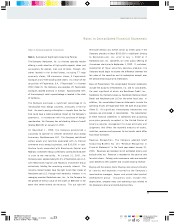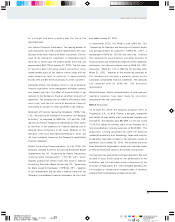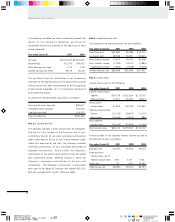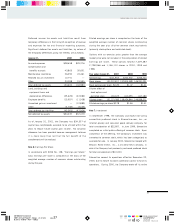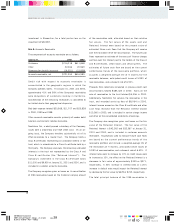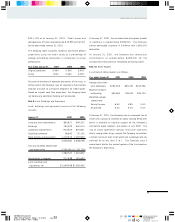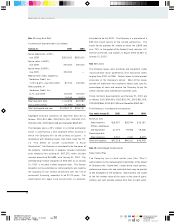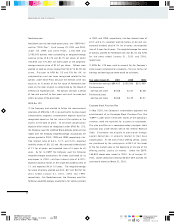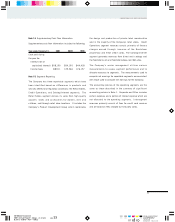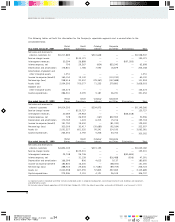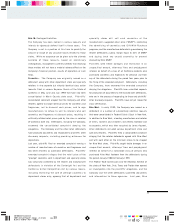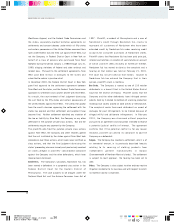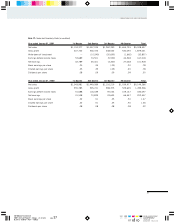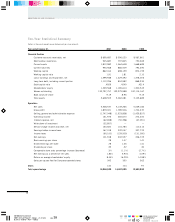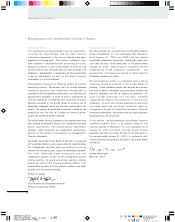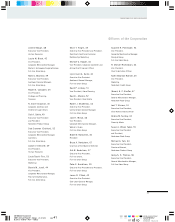Nordstrom 2000 Annual Report Download - page 35
Download and view the complete annual report
Please find page 35 of the 2000 Nordstrom annual report below. You can navigate through the pages in the report by either clicking on the pages listed below, or by using the keyword search tool below to find specific information within the annual report.
Cyan Mag Yelo Blk
20100444 Nordstrom
2001 Annual Report • 44pgs. + 4 covers pg. 33
8.375 x 10.875 • PDF • 150 lpi
PMS
5773
PMS
5503
33
NORDSTROM, INC. AND SUBSIDIARIES
Note 14: Supplementary Cash Flow Information
Supplementary cash flow information includes the following:
Year ended January 31, 2001 2000 1999
Cash paid during
the year for:
Interest (net of
capitalized interest) $58,190 $54,195 $44,418
Income taxes 88,911 129,566 126,157
Note 15: Segment Reporting
The Company has three reportable segments which have
been identified based on differences in products and
services offered and regulatory conditions: the Retail Stores,
Credit Operations, and Catalog/Internet segments. The
Retail Stores segment derives its sales from high-quality
apparel, shoes and accessories for women, men and
children, sold through retail store locations. It includes the
Company’s Product Development Group which coordinates
the design and production of private label merchandise
sold in the majority of the Company’s retail stores. Credit
Operations segment revenues consist primarily of finance
charges earned through issuance of the Nordstrom
proprietary and VISA credit cards. The Catalog/Internet
segment generates revenues from direct mail catalogs and
the Nordstrom.com and Nordstromshoes.com Web sites.
The Company’s senior management utilizes various
measurements to assess segment performance and to
allocate resources to segments. The measurements used to
compute net earnings for reportable segments are consistent
with those used to compute net earnings for the Company.
The accounting policies of the operating segments are the
same as those described in the summary of significant
accounting policies in Note 1. Corporate and Other includes
certain expenses and a portion of interest expense which are
not allocated to the operating segments. Intersegment
revenues primarily consist of fees for credit card services
and are based on fees charged by third party cards.


